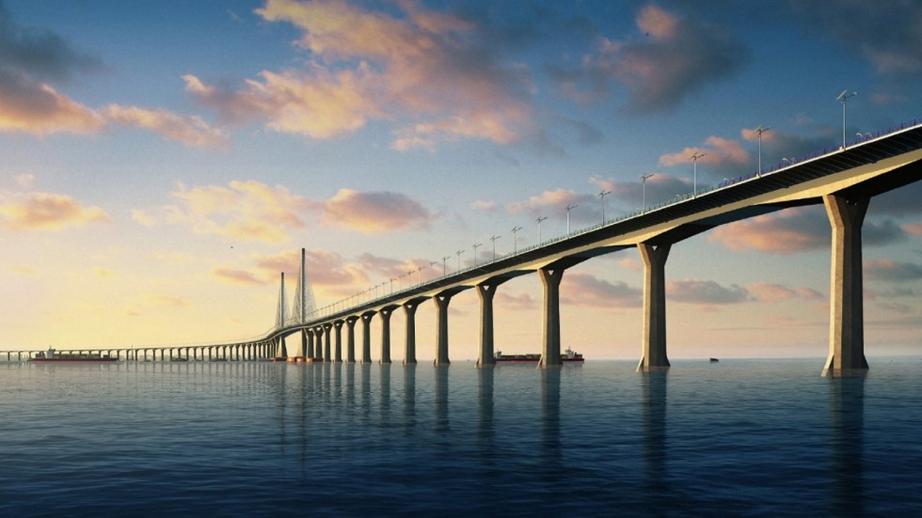China's Hong Kong-Zhuhai-Macao mega bridge is more than an engineering challenge
China is about to open the world's longest sea bridge to traffic in the latest demonstration of its infrastructure ambitions.
The 55-kilometre bridge and tunnel project links the two special administrative regions of Hong Kong and Macau with the mainland, slashing travel time and linking up to 60 million people into a metropolis-style economy.
When the first cars begin crossing mid-year, it will mark the end of an eight-year construction period that has been hampered by delays, cost blowouts and even worker deaths.
The engineering challenges have been immense.
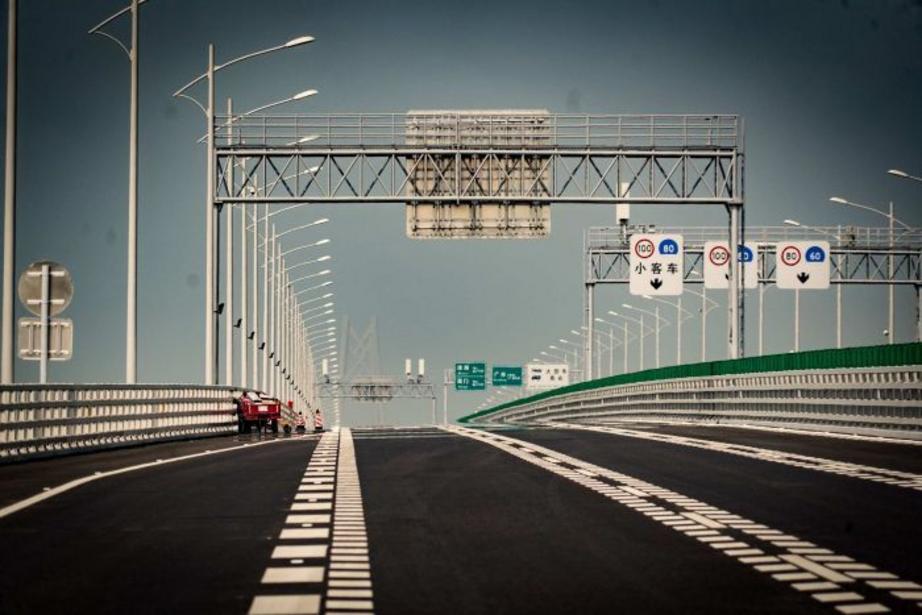 At the peak stage of construction an estimated 14,000 workers were building the bridge.
At the peak stage of construction an estimated 14,000 workers were building the bridge.
The soft — and in some places deep — seabed meant engineers had to drive more than 100 huge steel cylinders into the sandy bottom to form the foundations for two artificial islands.
The flight path for Hong Kong International Airport also cuts right across the bridge, meaning engineers had to contend with height restrictions.
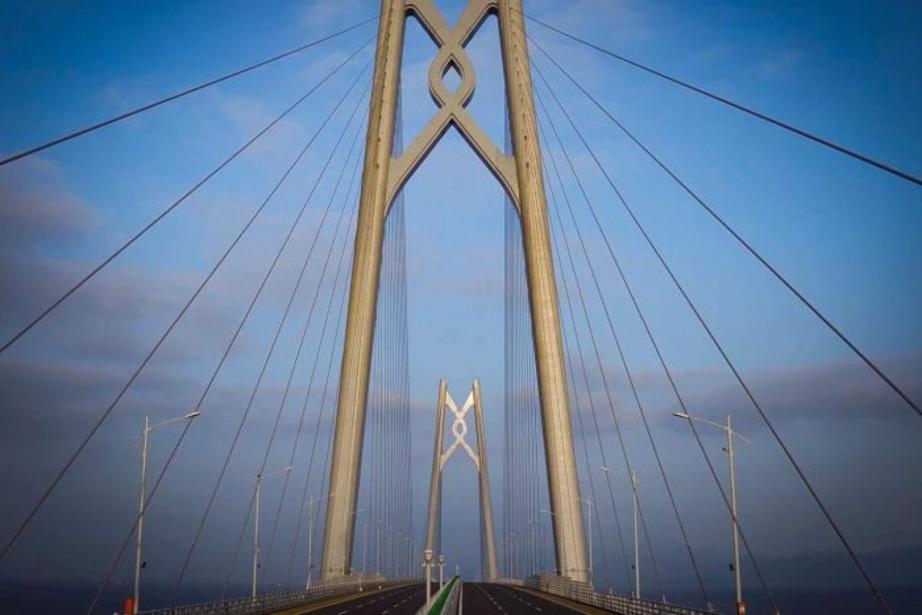 The Hong Kong-Zhuhai-Macao bridge will link up three Chinese cities and up to 60 million people.
The Hong Kong-Zhuhai-Macao bridge will link up three Chinese cities and up to 60 million people.
They also needed to ensure the huge number of ships that carry exports from "the world's factory" are not impeded.
They solved this by building an undersea tunnel for more than six kilometres.
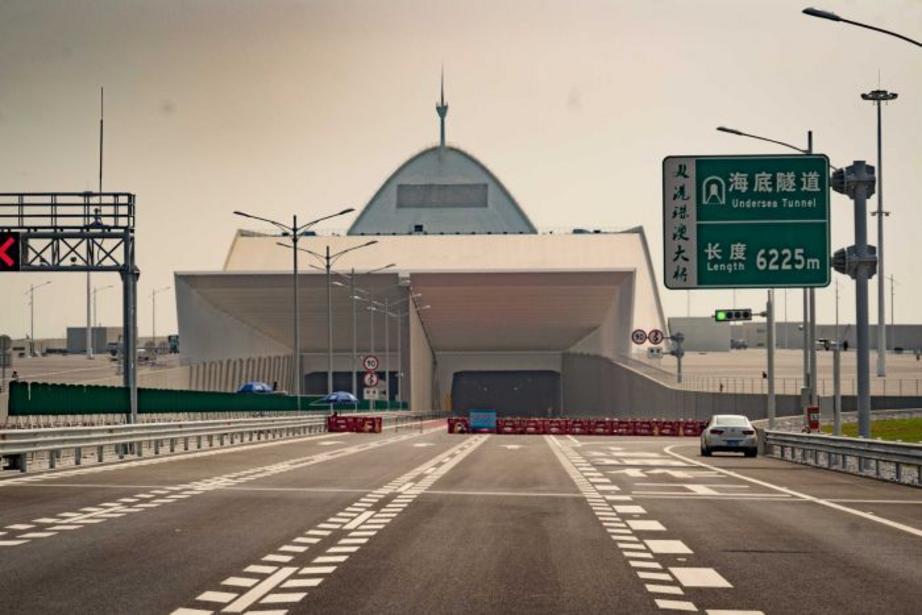 The world's longest undersea tunnel was constructed to ensure export ships were not impeded by the bridge.
The world's longest undersea tunnel was constructed to ensure export ships were not impeded by the bridge.
Environmental concerns around dredging also flared up, with engineers needing to factor in a white dolphin population that had already begun declining before construction even started.
"At the peak of construction, there were about 14,000 workers building this bridge, and 300 ships. It was an extraordinary construction site," said Yu Lie, the deputy director of Hong Kong-Zhuhai-Macao Bridge Authority.
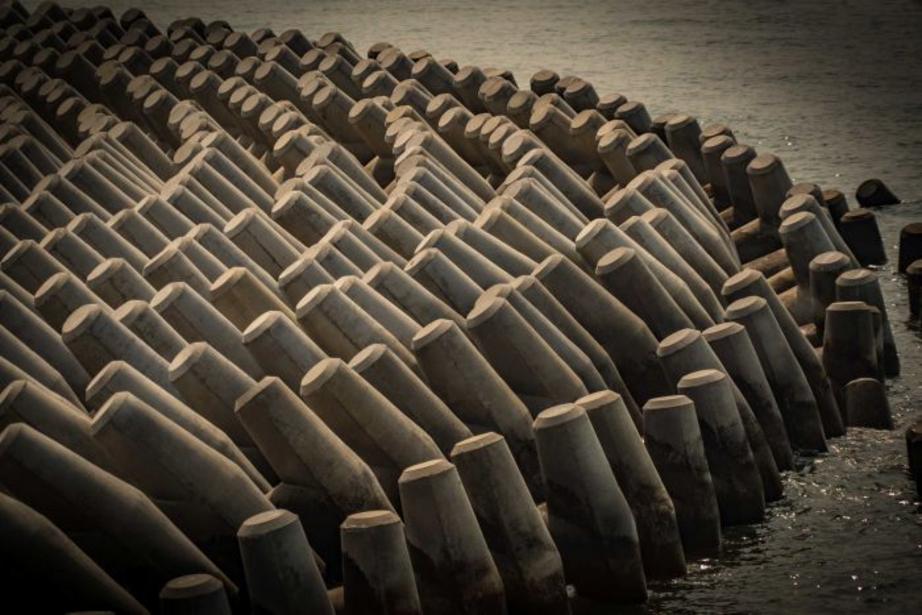 Engineers were required to drive more than 100 steel cylinders into the seabed to form the foundations.
Engineers were required to drive more than 100 steel cylinders into the seabed to form the foundations.
The bridge has also been designed to withstand earthquakes and seasonal typhoons that lash cities around the Pearl River estuary each year.
"The bridge will act like a ring road for the Pearl River Delta area. It will not only speed up transport, it will also help spread Hong Kong's development to the cities on the mainland side," Mr Yu said.
Bridge not just an engineering challenge
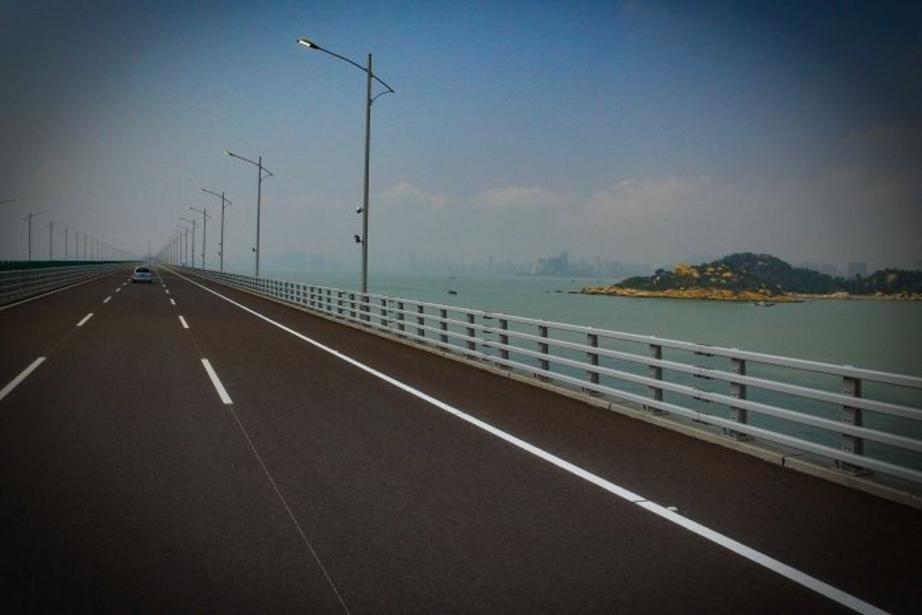 Height restrictions were placed on the bridge due to it being constructed within Hong Kong International Airport's flight path.
Height restrictions were placed on the bridge due to it being constructed within Hong Kong International Airport's flight path.
If the engineering was not tricky enough, there were other obstacles that made this project particularly difficult.
While it links three Chinese cities, they are divided by borders and have different legal systems and road rules.
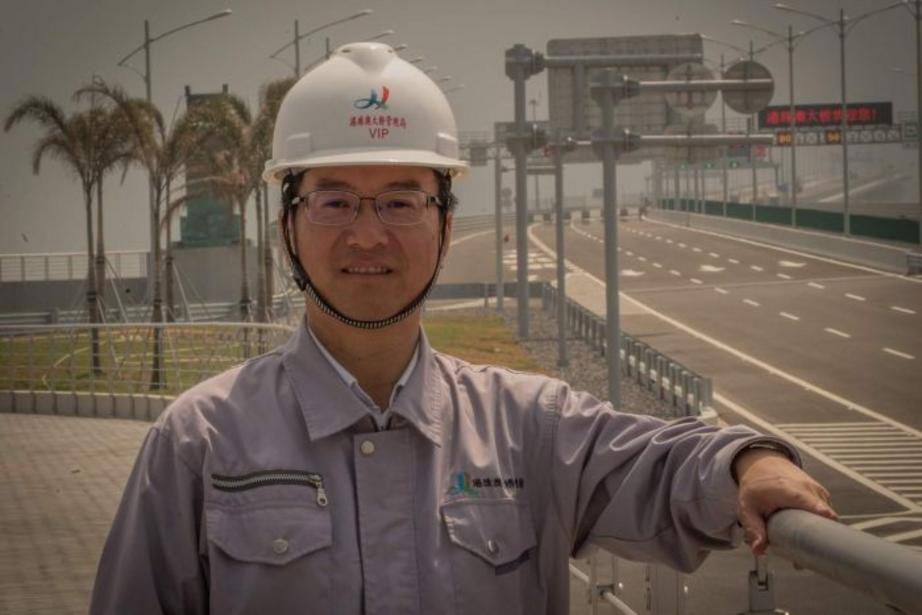 Deputy Director of the Hong Kong-Zhuhai-Macao Bridge Authority Yu Lie.
Deputy Director of the Hong Kong-Zhuhai-Macao Bridge Authority Yu Lie.
Mainlanders need a permit to travel to the former colonies Hong Kong and Macau, and there are tight caps on how many vehicles from other jurisdictions can enter each city.
"Initially the different systems will affect the number of cars that can cross the bridge, so it will only be about 10,000 per day," said Yuan Shijie, an engineer involved in developing the tolling system.
But over time, that figure is expected to rise five-fold.
Politically the bridge has been a source of sensitivity too in Hong Kong, which remains China's most liberal outpost because of its separate legal system.
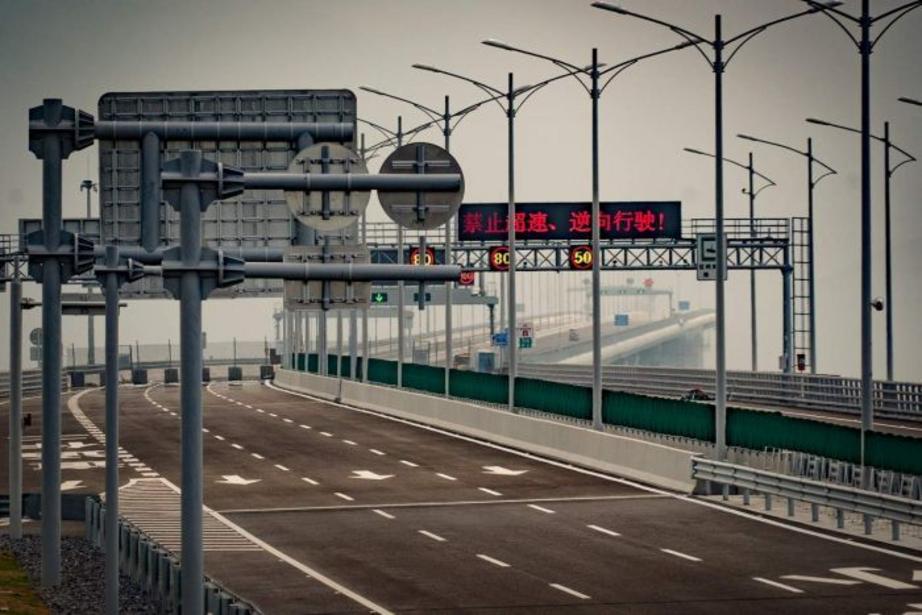 The first cars are expected to begin crossing the Hong Kong-Zhuhai-Macao Bridge this year.
The first cars are expected to begin crossing the Hong Kong-Zhuhai-Macao Bridge this year.
Some critics argue the project is part of a broader effort by Beijing to gradually blend the city into the mainland and erode its distinctive political culture.
But China's Government says the bridge is a vital link connecting three regions of China and spanning the one country, two systems concept that has allowed Hong Kong and Macau to maintain separate legal systems.
While the project sets a record for a sea bridge, it is still well short of the world's longest bridge — a 164-kilometre section of the high speed rail line connecting Shanghai to Nanjing.
Video can be accessed at source link below.

